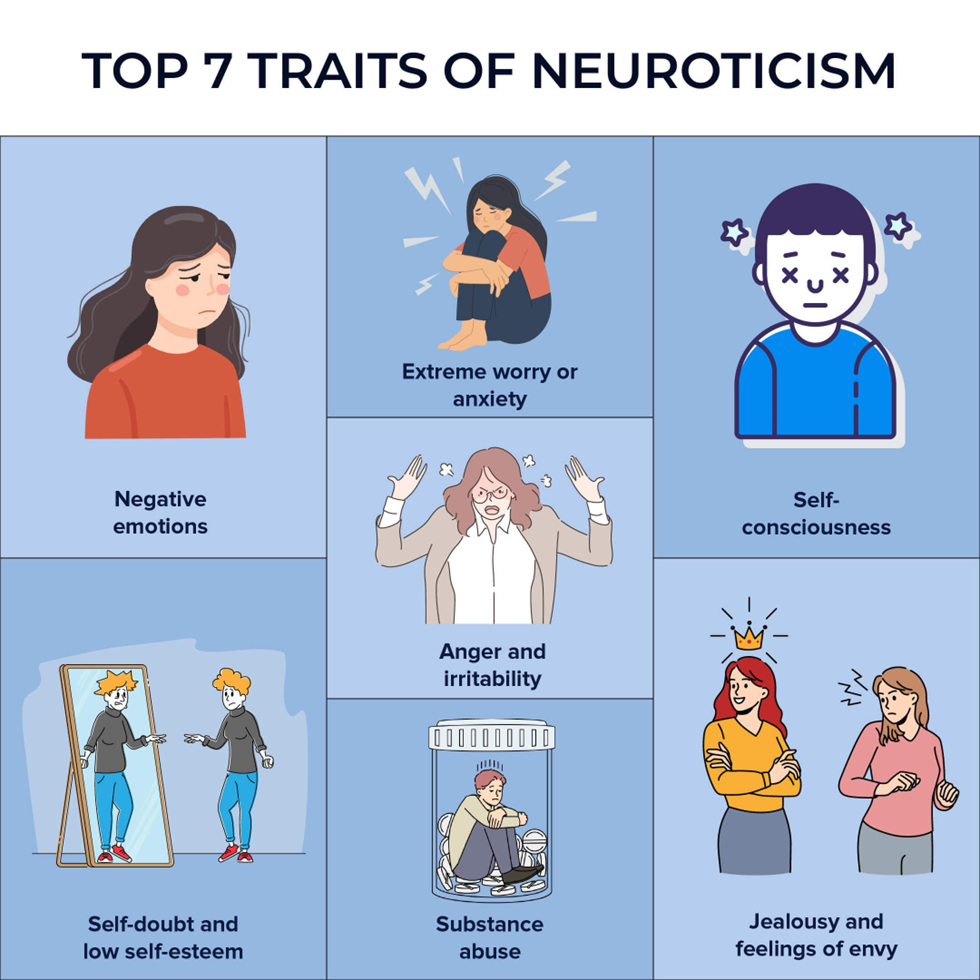A nurse working on a mental health unit reviews therapeutic and non-therapeutic communication techniques with a student nurse. Which of the following are therapeutic communication techniques? (SELECT ALL THAT APPLY)
Restating
Giving advice
Maintaining neutral responses
Asking the client, “Why?”
Listening
Correct Answer : A,C,E
Choice A Reason:
Restating involves repeating what the client has said in order to show understanding and to encourage them to continue talking. This technique helps to clarify the client’s thoughts and feelings, ensuring that the nurse accurately understands the client’s message. It also demonstrates active listening and empathy, which are crucial components of therapeutic communication.
Choice B Reason:
Giving advice is generally considered a non-therapeutic communication technique. It can imply that the nurse knows best and can undermine the client’s autonomy and decision-making abilities. Instead of giving advice, therapeutic communication focuses on helping clients explore their own thoughts and feelings to arrive at their own conclusions and solutions.
Choice C Reason:
Maintaining neutral responses involves responding to the client in a way that does not convey judgment or bias. This technique helps to create a safe and supportive environment where the client feels comfortable sharing their thoughts and feelings. Neutral responses can include nodding, making non-committal sounds like “mm-hmm,” and using phrases like “I see” or “Tell me more”.
Choice D Reason:
Asking the client “Why?” can be perceived as confrontational or judgmental, which can hinder open communication. It may make the client feel defensive or uncomfortable. Instead, therapeutic communication techniques involve asking open-ended questions that encourage the client to express themselves without feeling judged.
Choice E Reason:
Listening is one of the most fundamental therapeutic communication techniques. It involves giving the client your full attention, showing interest in what they are saying, and responding appropriately to their concerns. Active listening helps to build trust and rapport, making the client feel heard and understood.
Nursing Test Bank
Naxlex Comprehensive Predictor Exams
Related Questions
Correct Answer is D
Explanation
Choice A Reason:
The statement “The client is always aware that their behaviors are maladaptive” is incorrect. While individuals with neurotic behavior may sometimes recognize that their behaviors are maladaptive, this awareness is not consistent. Neurotic behaviors are often automatic and unconscious efforts to manage deep anxiety. Therefore, the client may not always be aware of the maladaptive nature of their actions.
Choice B Reason:
The statement “The client uses adaptive defense mechanisms to cope” is incorrect. Neurotic behavior typically involves the use of maladaptive defense mechanisms rather than adaptive ones. These mechanisms, such as denial, repression, or projection, are employed to manage anxiety and stress but do not effectively resolve the underlying issues. Adaptive defense mechanisms, on the other hand, are more constructive and promote healthier coping strategies.
Choice C Reason:
The statement “The client never has mood or personality changes” is incorrect. Neurotic behavior is often associated with mood swings and emotional instability. Clients with neurotic tendencies may experience frequent changes in mood and may struggle with regulating their emotions. Therefore, it is inaccurate to state that the client never has mood or personality changes.
Choice D Reason:
The statement “The client does not experience loss of contact with reality” is correct. Neurotic behavior, unlike psychotic behavior, does not involve a loss of contact with reality4. Clients with neurotic tendencies remain aware of their surroundings and can distinguish between reality and their internal experiences4. This characteristic differentiates neurotic behavior from more severe mental health conditions such as schizophrenia, where a loss of reality is a key feature.

Correct Answer is ["A","C","E"]
Explanation
Choice A Reason:
Restating involves repeating what the client has said in order to show understanding and to encourage them to continue talking. This technique helps to clarify the client’s thoughts and feelings, ensuring that the nurse accurately understands the client’s message. It also demonstrates active listening and empathy, which are crucial components of therapeutic communication.
Choice B Reason:
Giving advice is generally considered a non-therapeutic communication technique. It can imply that the nurse knows best and can undermine the client’s autonomy and decision-making abilities. Instead of giving advice, therapeutic communication focuses on helping clients explore their own thoughts and feelings to arrive at their own conclusions and solutions.
Choice C Reason:
Maintaining neutral responses involves responding to the client in a way that does not convey judgment or bias. This technique helps to create a safe and supportive environment where the client feels comfortable sharing their thoughts and feelings. Neutral responses can include nodding, making non-committal sounds like “mm-hmm,” and using phrases like “I see” or “Tell me more”.
Choice D Reason:
Asking the client “Why?” can be perceived as confrontational or judgmental, which can hinder open communication. It may make the client feel defensive or uncomfortable. Instead, therapeutic communication techniques involve asking open-ended questions that encourage the client to express themselves without feeling judged.
Choice E Reason:
Listening is one of the most fundamental therapeutic communication techniques. It involves giving the client your full attention, showing interest in what they are saying, and responding appropriately to their concerns. Active listening helps to build trust and rapport, making the client feel heard and understood.
Whether you are a student looking to ace your exams or a practicing nurse seeking to enhance your expertise , our nursing education contents will empower you with the confidence and competence to make a difference in the lives of patients and become a respected leader in the healthcare field.
Visit Naxlex, invest in your future and unlock endless possibilities with our unparalleled nursing education contents today
Report Wrong Answer on the Current Question
Do you disagree with the answer? If yes, what is your expected answer? Explain.
Kindly be descriptive with the issue you are facing.
